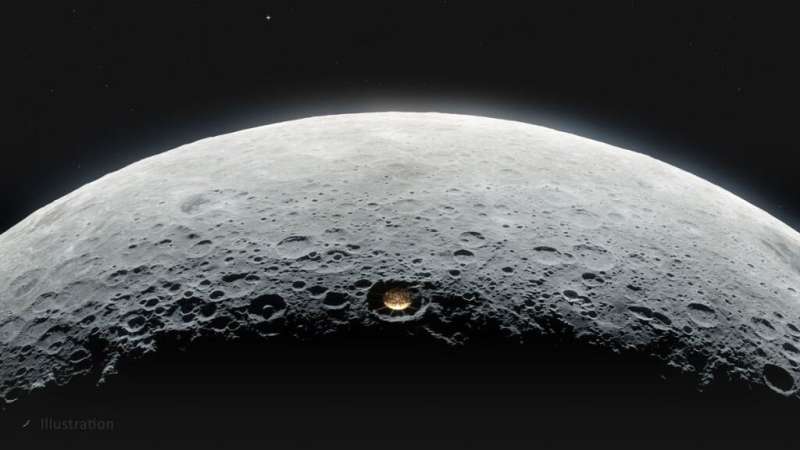The sun itself is also a rather loud emitter of radio signals at those frequencies, so the best time to observe is during the Lunar night, when the far side of the moon is plunged in darkness.
But building radio observatories on the far side of the moon is no easy task, so we have to start small. One of the first steps is LuSEE Night, the Lunar Surface Electromagnetic Explorer, a small radio antenna and instrument package that is scheduled to be delivered to the far side of the Lunar surface as early as 2025.
LuSEE Night owes its technological heritage to the Parker Solar Probe, and is in fact nearly an identical copy of one of the instruments onboard that spacecraft. LuSEE Night consists of two 6m long antenna set in a cross-shaped pattern along with a bare bones set of electronics.
In observing mode the instrument is relatively quiet, so it doesn't add to any radio contamination. It can then send up any data to an orbiting Lunar spacecraft which sends the data back to Earth.
The team behind LuSEE Night hopes to capture some of the first observations of the very low frequency radio universe, which includes emissions from cosmic rays spiraling around the magnetic fields of the Milky Way galaxy and distant bright sources like supernovae and white dwarfs.
LuSEE Night is just the first step. The astronomers hope that it will prove to be a success, so that future observatories and missions on the Lunar far side can open up new windows into the cosmos.
Provided by Universe Today



